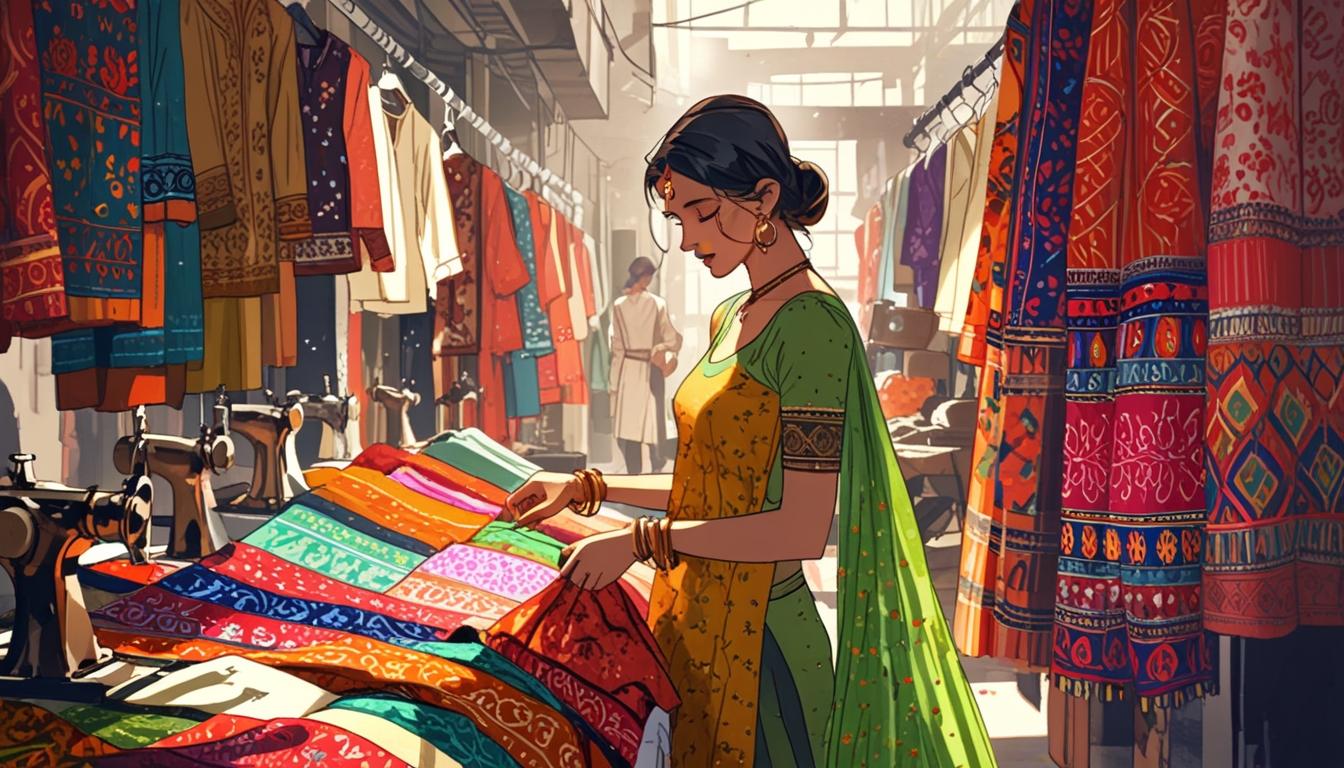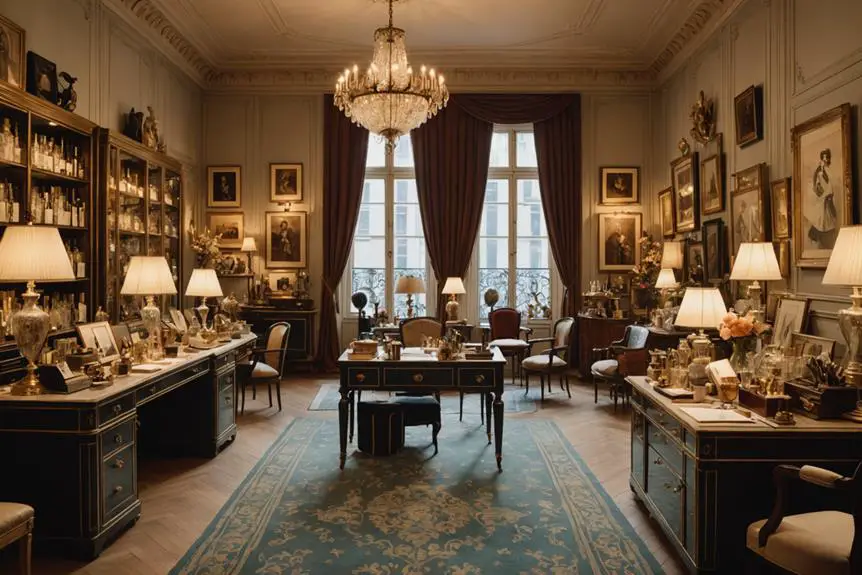India: The apparel and textile sector, crucial to India’s economy, is projected to grow significantly. A recent survey highlights challenges faced by MSMEs in logistics, costs, and adapting to market demands, emphasizing the need for efficient operations and sustainable practices amidst rising competition and e-commerce trends.
The apparel and textile sector in India, which significantly contributes to the economy in terms of employment, exports, and industrial growth, remains a focal point of attention as micro, small, and medium enterprises (MSMEs) navigate rapid changes within the industry. According to the India Brand Equity Foundation, the sector is projected to grow at a compound annual growth rate (CAGR) of 10%, potentially reaching a market value of US$ 350 billion by 2030, with exports estimated to hit US$ 100 billion.
The industry’s rapid evolution is driven primarily by rising e-commerce activities, changing consumer preferences, and an increasing emphasis on sustainable practices. However, the shift towards fast fashion and intensifying competition have prompted businesses to optimise operations and logistics to maintain profitability.
In this context, Borzo (formerly known as WeFast), a global player in same-day delivery solutions, conducted an extensive survey across over 15 cities in India, including major metropolitan areas such as Mumbai, Delhi, and Bangalore. The purpose was to identify the challenges that Apparel and Textile MSMEs face in adapting to contemporary market demands.
Key findings from the survey highlight the primary categories of products sold in the sector. Apparel constitutes a substantial 78.5% of sales, while fabrics and home textiles account for 31% and 7%, respectively. In contrast, industrial textiles and raw materials represent a smaller share, contributing 1% and 3.5%, indicating a strong focus on finished apparel products.
Business challenges identified in the sector include logistics and delivery issues, with 40.5% of respondents noting difficulties in these areas, followed by 32.5% who struggle to keep pace with fast fashion demands. Other significant challenges include a lack of skilled labour (30.5%), rising operational costs (23%), and customer acquisition hurdles (21.5%).
The survey also examined average order values, revealing that 38% of respondents had average orders ranging from ?1,000 to ?5,000, illustrating a significant volume of mid-range transactions. Additionally,52.5% of businesses reported processing fewer than 50 orders per month, pointing to the smaller operational scales prevalent within this segment.
The survey further distinguished between business models, revealing that 70.5% of MSMEs mainly operate a business-to-consumer (B2C) model, while only a small fraction, 10%, focus primarily on business-to-business (B2B) operations.
The festive season remains a major growth period for the sector, with 36% of companies noting a significant rise in orders by 20%-30% compared to the previous year. This seasonal shift underscores the importance of strategic logistics during high-demand periods.
On the logistics front, 71.5% of MSMEs ship goods valued between ?50,000 and ?2,00,000 via same-day logistics, reflecting the vital role of quick turnaround times in their operations. However, the survey revealed that high delivery costs are perceived as the primary logistics pain point by 63.5% of businesses, followed closely by delivery delays, which impact 49%.
The growing importance of same-day delivery is evidenced by the fact that 81% of businesses consider it critical for logistics performance. Most enterprises favour a same-day delivery window of 30 to 60 minutes, resulting in services that support rapid fulfilment of consumer demands.
Despite the increasing prominence of direct-to-consumer (D2C) sales, only 28.5% of MSMEs utilise their own websites for sales transactions. This indicates a reliance on external sales channels, with 71.5% of the entities preferring alternative platforms.
The survey also highlighted a major trend towards sustainable practices, with 70% of businesses adopting sustainable packaging materials, and a significant number expressing a desire for more sustainable delivery options. However, cost remains a barrier, with over 47% attributing high prices of sustainable fashion to increased raw material costs.
Alina Kisina, CEO of Borzo, commented on the survey findings, stating, “The perspective of MSMEs in the apparel and textile industry highlights the substantial efforts companies are making to keep pace with the ever-evolving demands of consumers. Since Indian MSMEs in this sector tend to be smaller and more fragmented compared to those in other countries, price alone isn’t the primary driver of competitiveness. Instead, factors such as improving logistics efficiency, cost management, and a focus on sustainability are critical to staying ahead.”
With the backdrop of a dynamic and competitive environment, MSMEs are focusing on streamlining their operations while navigating the complexities of modern consumer expectations in the Indian apparel and textile industry.
Source: Noah Wire Services




